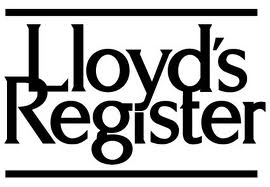
Underwriters at Lloyd’s of London, the world’s oldest insurance market, are reviewing the assertion of a U.S. lawmaker that ransoms paid to Somali pirates may
fund a terror group, which would stop insurers covering the costs.
Kenya’s government estimates 30 percent of the ransoms are channeled to al-Shabaab, Representative Ed Royce said at a meeting of a subcommittee of the House Committee on Foreign Affairs on June 15, according to a transcript on Bloomberg. Al- Shabaab is described as a terror group with links to al-Qaeda by the U.S.’s National Counterterrorism Center.
“We would not necessarily be able to indemnify ship owners if they paid a ransom to a terrorist group, if that turns out to be the case,” said Neil Roberts, the senior executive for underwriting at the Lloyd’s Market Association in London. “If they can’t get their ship or crew out they may have to decide on re-routing, with implications for costs that would be passed on to the wider economy.”
Somali pirates attacked 154 ships this year and hijacked 26 vessels as of June 13, according to data from the International Maritime Bureau’s Piracy Report Centre. Ransoms rose 36-fold in five years, averaging $5.4 million a ship, and hijackings reached a record last year, according to One Earth Future Foundation, a non-profit group based in Louisville, Colorado.
Al-Shabaab commanders have spoken of a “sea jihad” and opened an office to coordinate with pirates, Royce told the hearing this week, according to the transcript. Royce, a California Republican, is chairman of the Terrorism, Nonproliferation and Trade Subcommittee.
Piracy costs ship owners an estimated $160 million a year in additional insurance expenses, Roberts said. The U.S. bans ransom payments to pirates, while the U.K. bars giving money to terror groups, he said. There have been an estimated 130 ransoms paid to pirates since 2005, Roberts said. The association represents underwriters managing gross premium income of 23 billion pounds ($37 billion).
Pirates increased attacks seven-fold between 2007 and 2010 and doubled their area of operation to cover 2.5 million square nautical miles, according to Royce.
Source: Bloomberg
We use cookies to improve your experience. By continuing to use our site, you accept our Cookies, Privacy Policy,Terms and Conditions. Close X